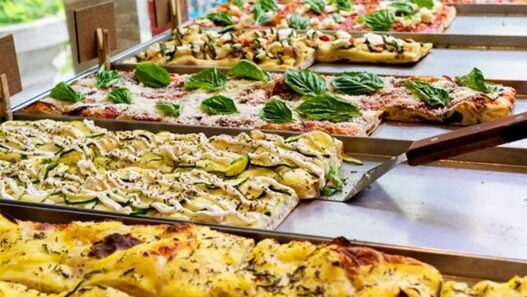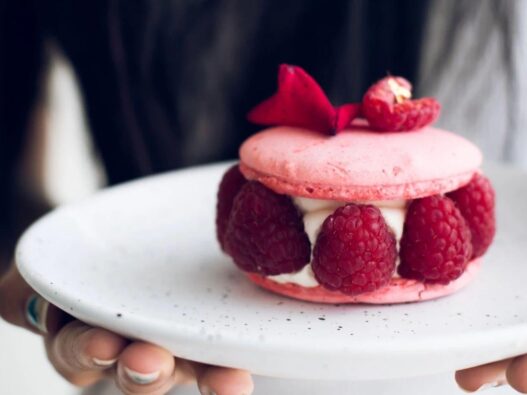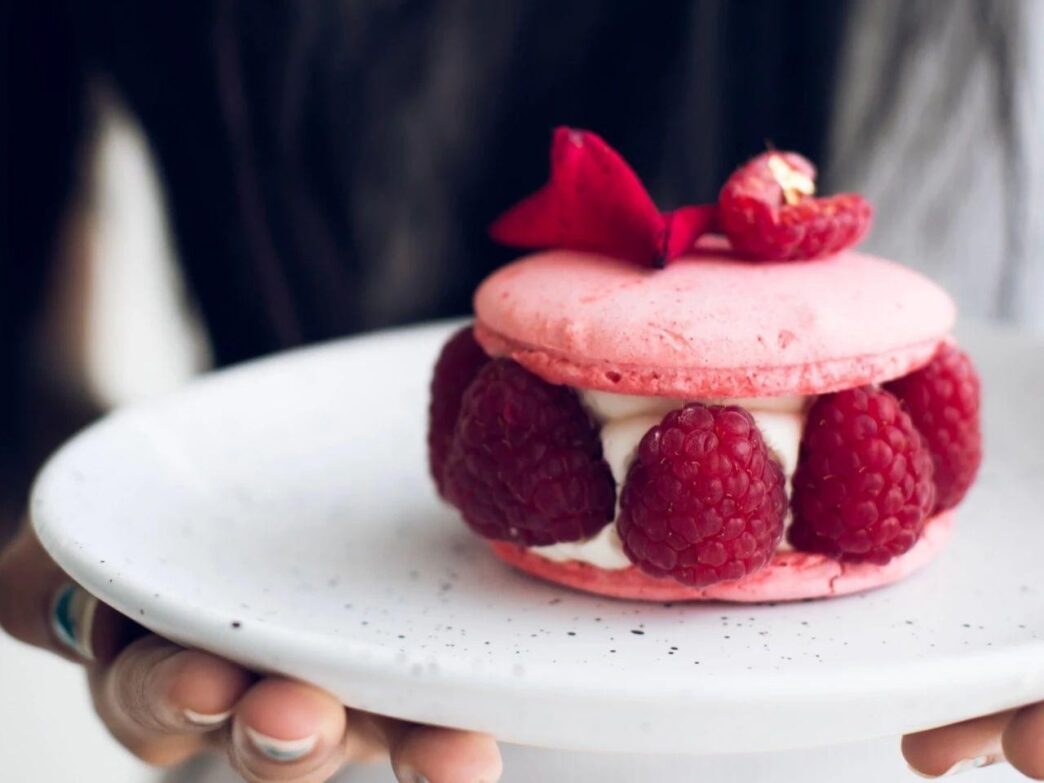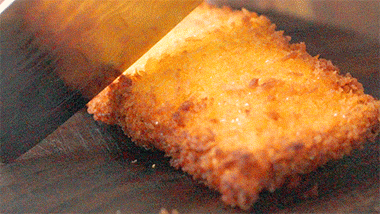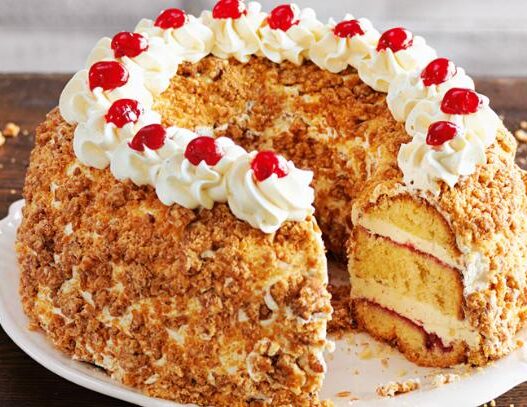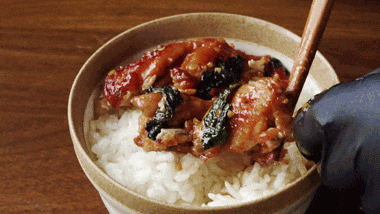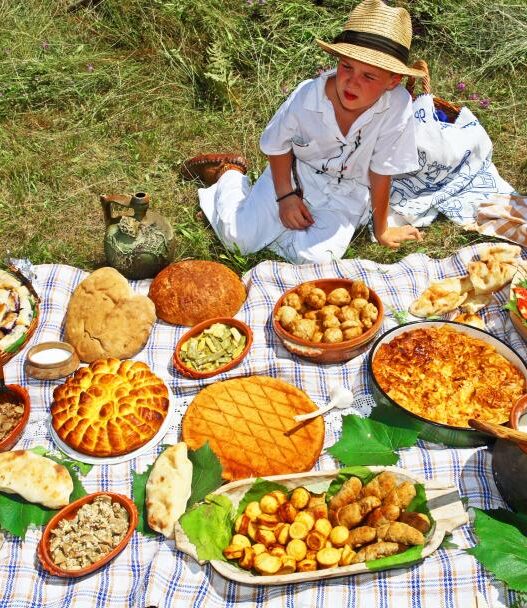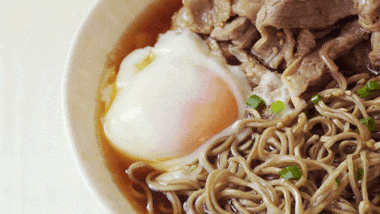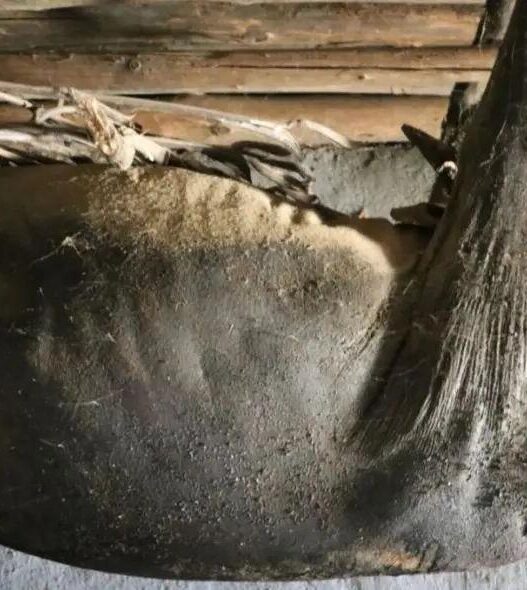In recent years, macarons have become synonymous with luxury desserts, and few treats are as recognizable as the iconic macaron. These delicate French sweets have almost earned a place alongside the word “influencer.” A quick search for “macarons” on Instagram returns six times more results than the term “dessert.” Their popularity isn’t just online—macarons have taken over cafés, usually dressed in soft pastel colors, becoming a go-to photo prop and symbol of indulgence.
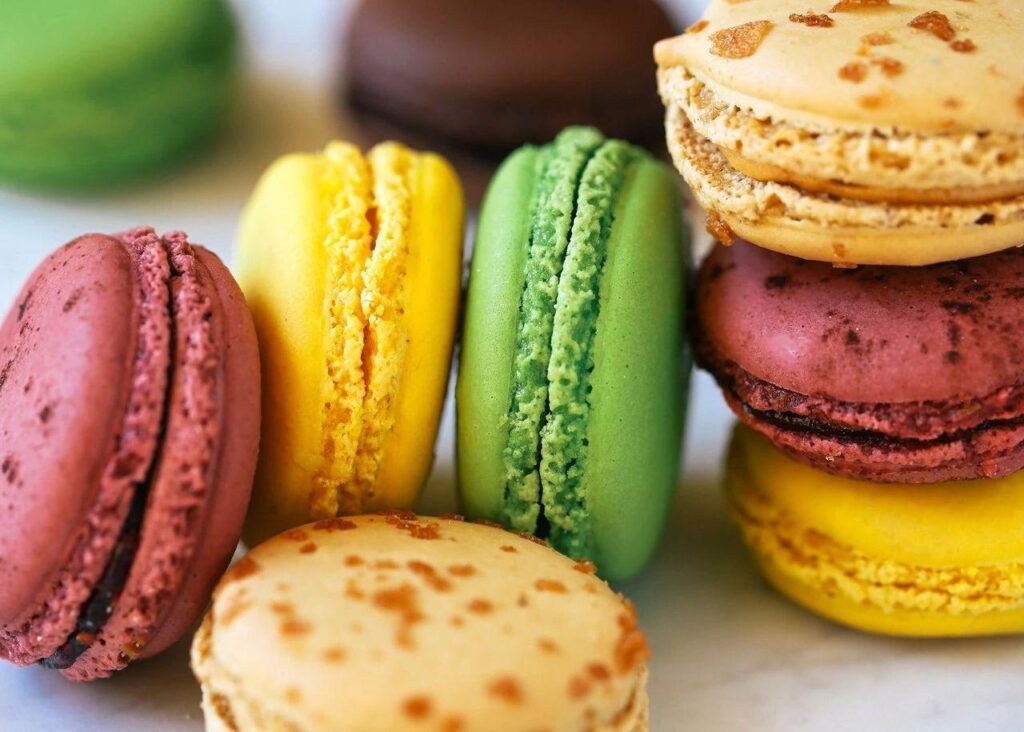
Yet, despite their widespread fame, macarons have sparked a lot of debate. To macaron lovers, they are delicate, sweet, and dreamy. For those who don’t care for them, they’re too expensive, too sweet, and nothing more than an Instagram prop meant to impress. This sentiment is especially common among those new to the macaron world in China.
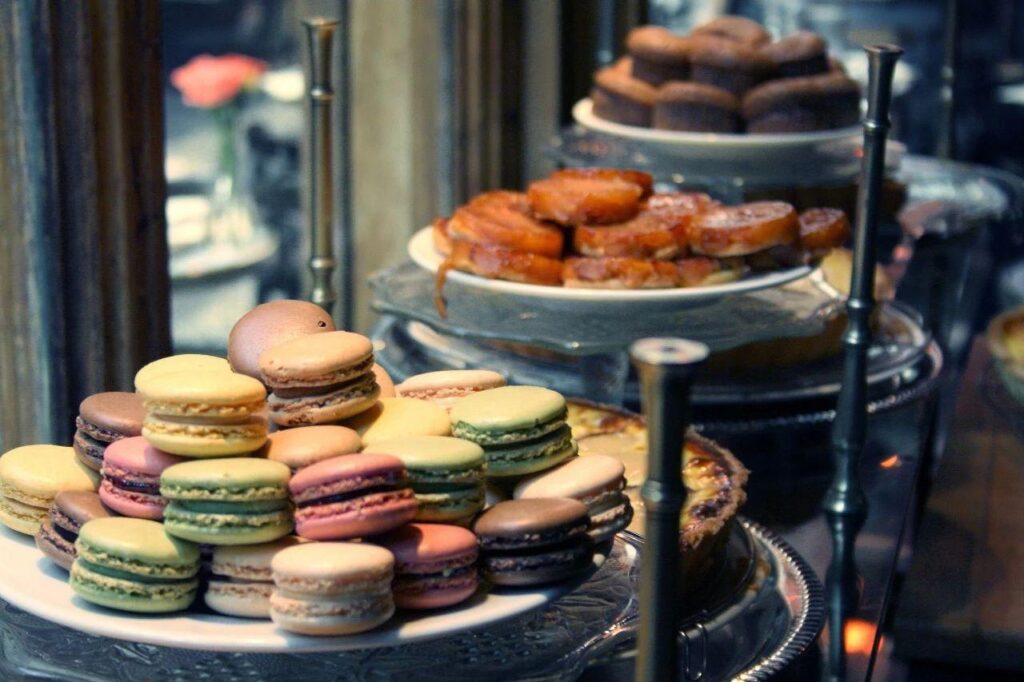
What Is a Macaron?
The origin of the macaron is a bit of a mystery, but it’s widely believed that it was introduced to France by Catherine de Medici from Italy, accompanied by her pastry chefs. Initially, macarons were simple almond meringue cookies, without any filling. It wasn’t until 1900 that Pierre Desfontaines, a pastry chef, innovatively sandwiched chocolate ganache between two almond meringue cookies, thus giving birth to the ‘Parisian macaron.’
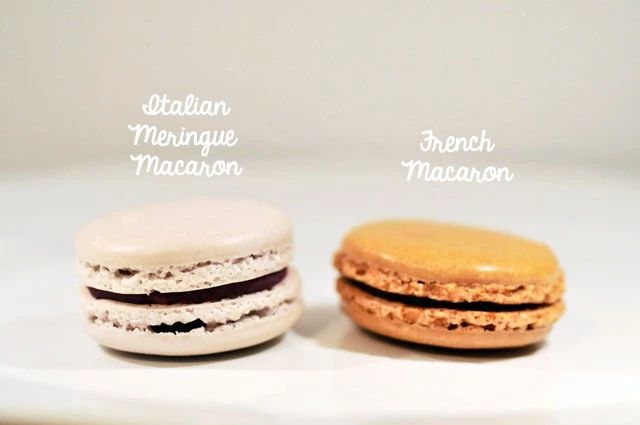
The famous Parisian tearoom, Ladurée, soon became known as the birthplace of the French macaron.
A macaron’s shell is made from egg whites, almond flour, and icing sugar, with food coloring added for colorful variations.
There are three classic methods for making macaron shells:
- French Meringue: Whisking egg whites with sugar until soft peaks form, this is the simplest technique.
- Swiss Meringue: Egg whites and sugar are gently heated over a water bath until the sugar dissolves, then whipped into soft peaks.
- Italian Meringue: A sugar-water syrup is boiled to 115°C (239°F) and poured into whipping egg whites, cooking them in the process, which creates a crisp outer shell and chewy inside.
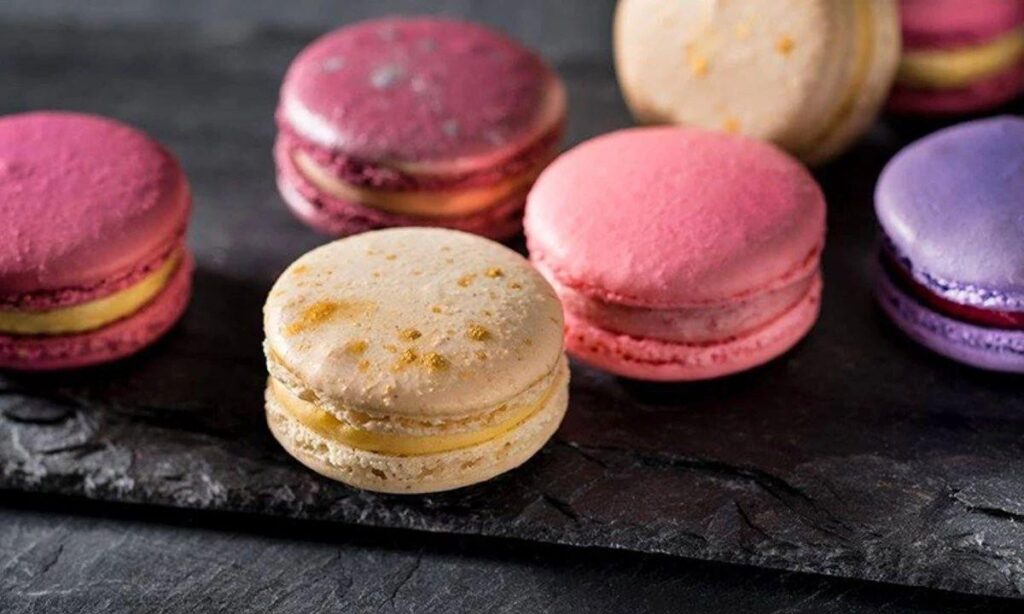
The Perfect Macaron: Appearance and Texture
According to Dorie Greenspan, a baking expert who has collaborated with Pierre Hermé and authored several cookbooks, a perfect macaron must have a nice, crisp “foot” (the ruffled edges), a round and smooth top, and a flat bottom. The texture should be crisp on the outside but soft and moist inside with a dense, chewy center.
The best macarons balance the light crunchiness of the shell with the creamy filling, without the crumbly texture you get with ordinary cookies.
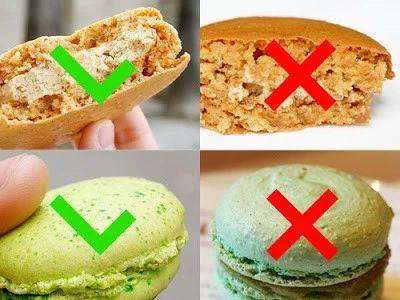
How to Tame the Sweetness of Macarons?
The most common complaint about macarons is their overwhelming sweetness. But today’s macarons have evolved, and many pâtissiers have made fillings that are fresher and less cloying, such as lemon, raspberry, or pistachio.
To balance the sweetness of a macaron, choose fillings with contrasting flavors. Bitter coffee, dark chocolate, or sour lemon and sea salt caramel can provide a nice contrast. Pairing with a cup of tea, especially Ceylon or Darjeeling tea, can also help counterbalance the sweetness and elevate the experience.
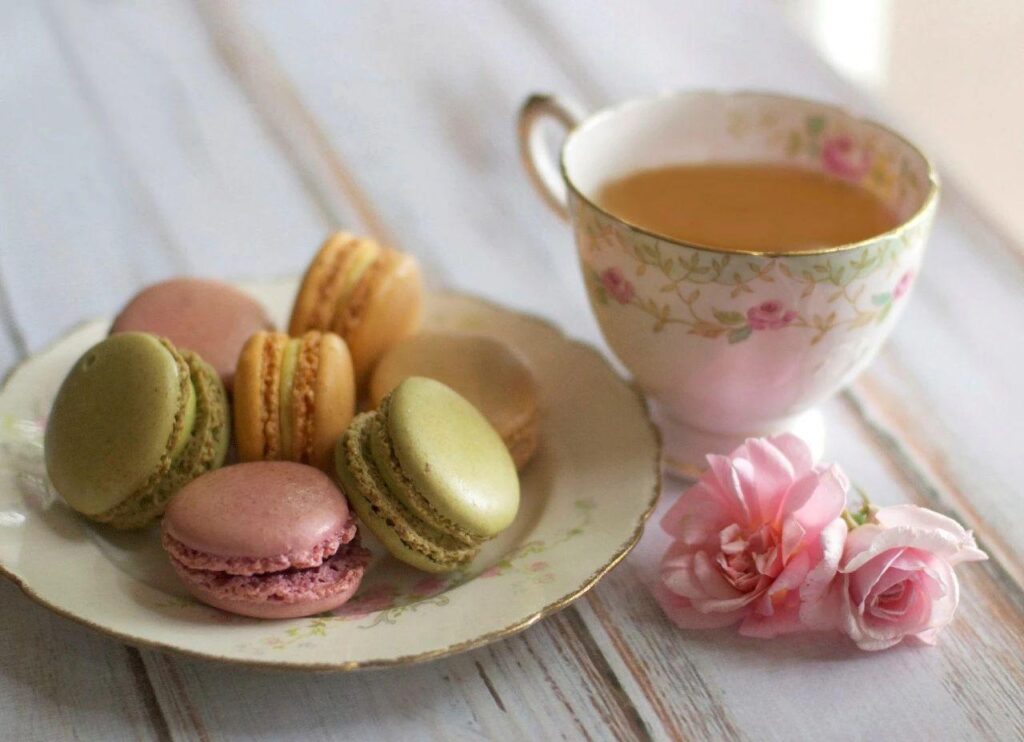
Why Are Macarons So Expensive?
Macarons have always been seen as a luxury item. In Paris, a single macaron can cost anywhere from 2-3 euros, while in China, they may be priced at 20 RMB each. Many Chinese people perceive eating macarons as a “show-off” activity because of their high price.
However, there’s more to it than just the price. Macarons are notoriously difficult to make. Even the most skilled pastry chefs can’t guarantee every macaron will turn out perfectly. Factors like ingredient ratios, equipment, technique, weather, and humidity can all affect the outcome. This is why macarons are often seen as a “signature” product for a pastry shop.
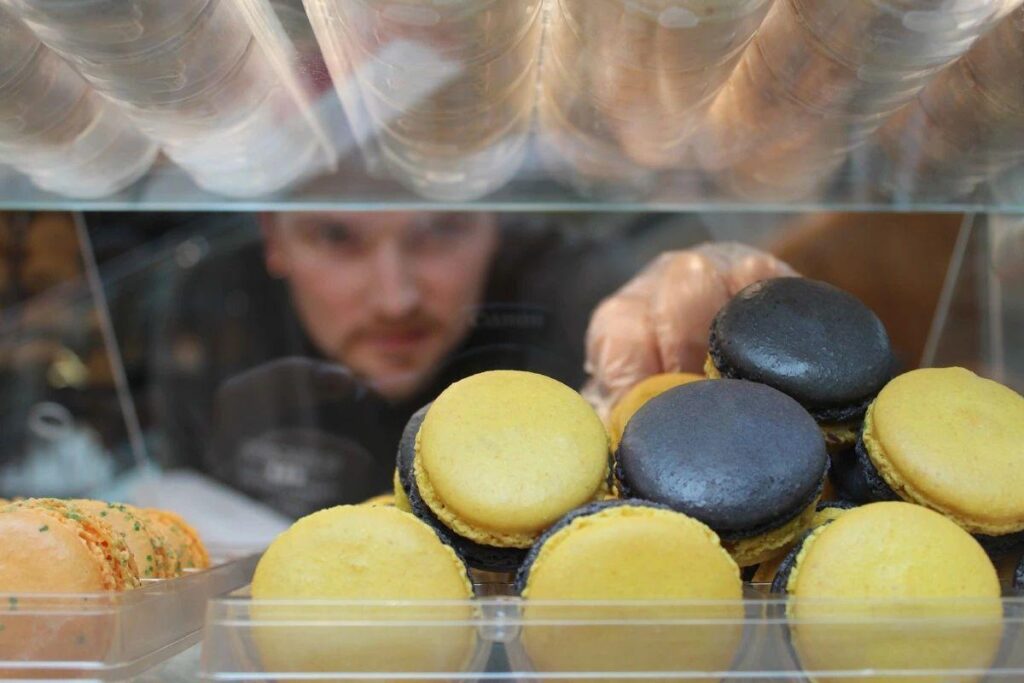
Despite the challenges, macarons have remained a trend because they’re versatile and offer endless creative possibilities. Famous chefs, like Pierre Hermé, have transformed the macaron by experimenting with flavors like white truffle-walnut, rose-raspberry, and passion fruit-lemon.
Final Thoughts
Love them or not, macarons have become dessert icons. Their delicate shape, endless flavor options, and strong presence in food culture make them more than a snack. They’re a luxury experience.
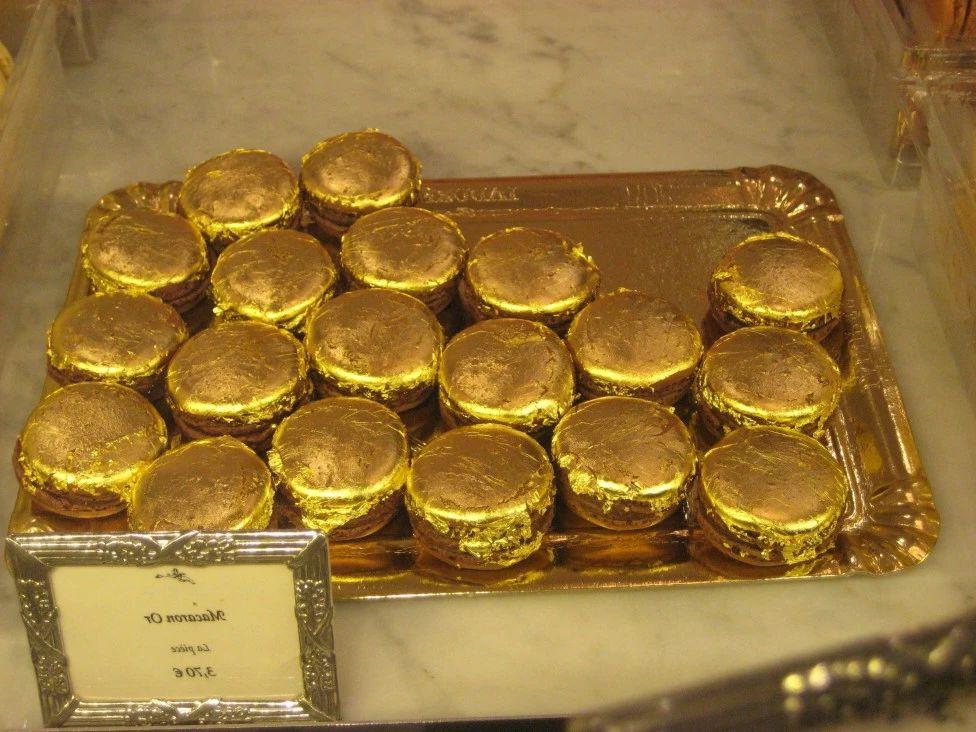
Yes, they’re sweet and pricey. But when paired well, macarons can be surprisingly enjoyable. They offer more than taste—they offer artistry and indulgence.
Next time you see one, don’t just think “cute dessert.” Think of it as a tiny, colorful bite of edible art.






